All About Lemons
Pucker up — stock your kitchen with every cook’s best friend — lemons. They add a spark to foods with their juice and zest.
by Pamela Killeen
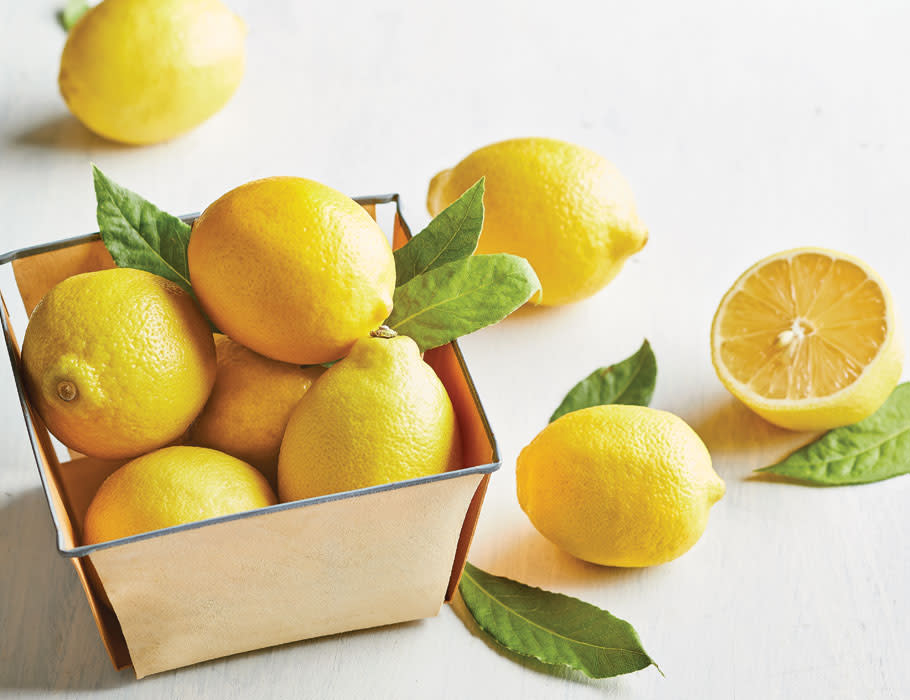
With a rind that’s just as important as the juice inside, tart, fresh lemons add brightness to both sweet and savory foods. And unlike other fruits, their quality is consistent year-round.
Lemon Varieties
There are basically two common varieties of lemons in supermarkets — Eurekas and Lisbons. Telling them apart isn’t necessarily important because their flavor is similar. And depending on climate and conditions, both varieties can produce large or small fruit that’s either thick- or thin-skinned. Either large or small lemons will work for most recipes, so choose the fruit based on whether you’ll be using it primarily for zest or for juice.
Choose your lemon based on the job at hand:
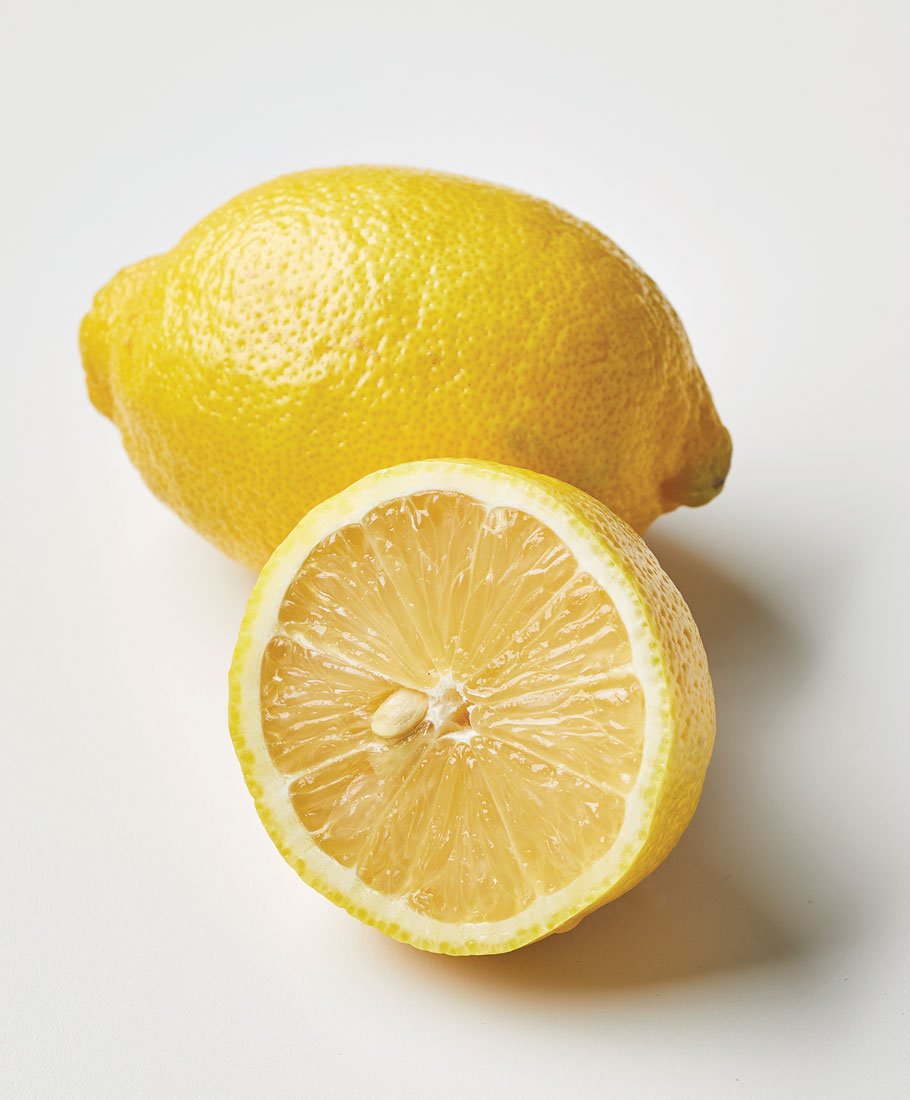
LARGER, THICK-SKINNED LEMONS are perfect for zesting.
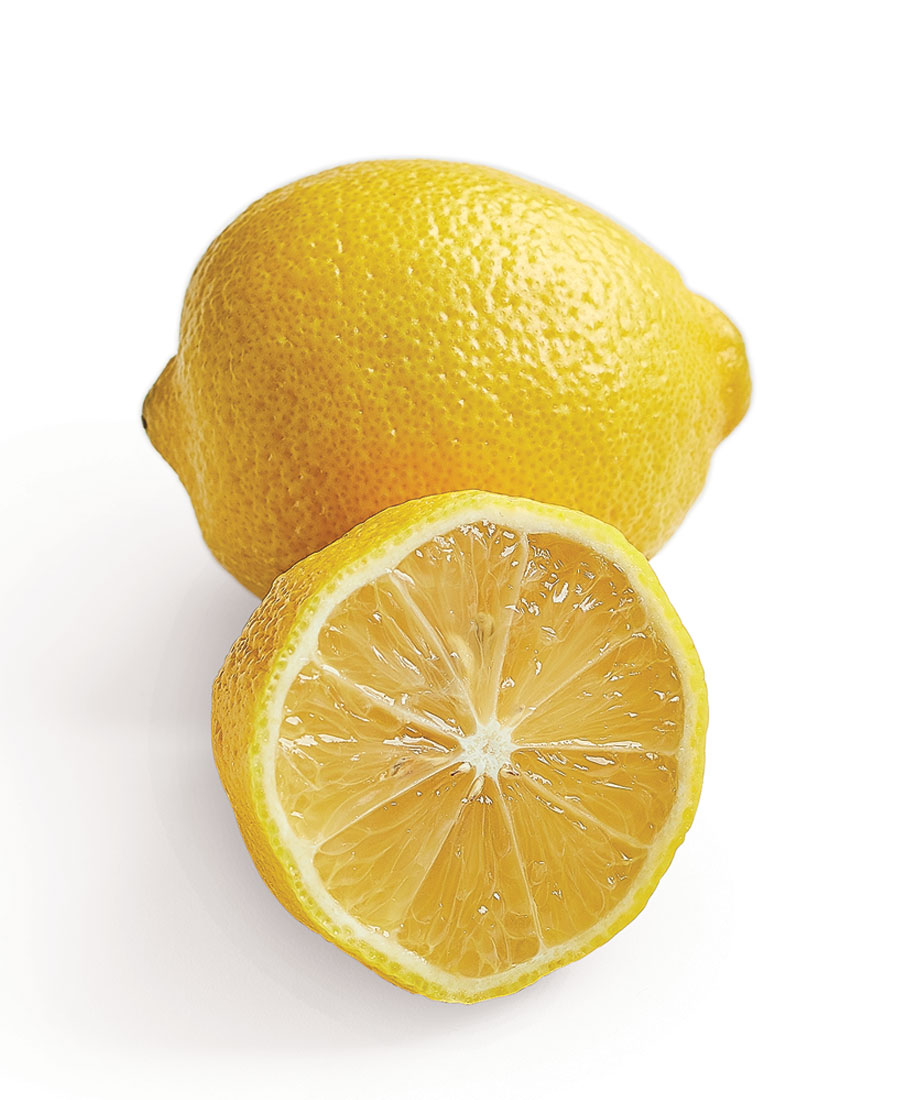
SMALLER, THIN-SKINNED LEMONS are best for juicing.
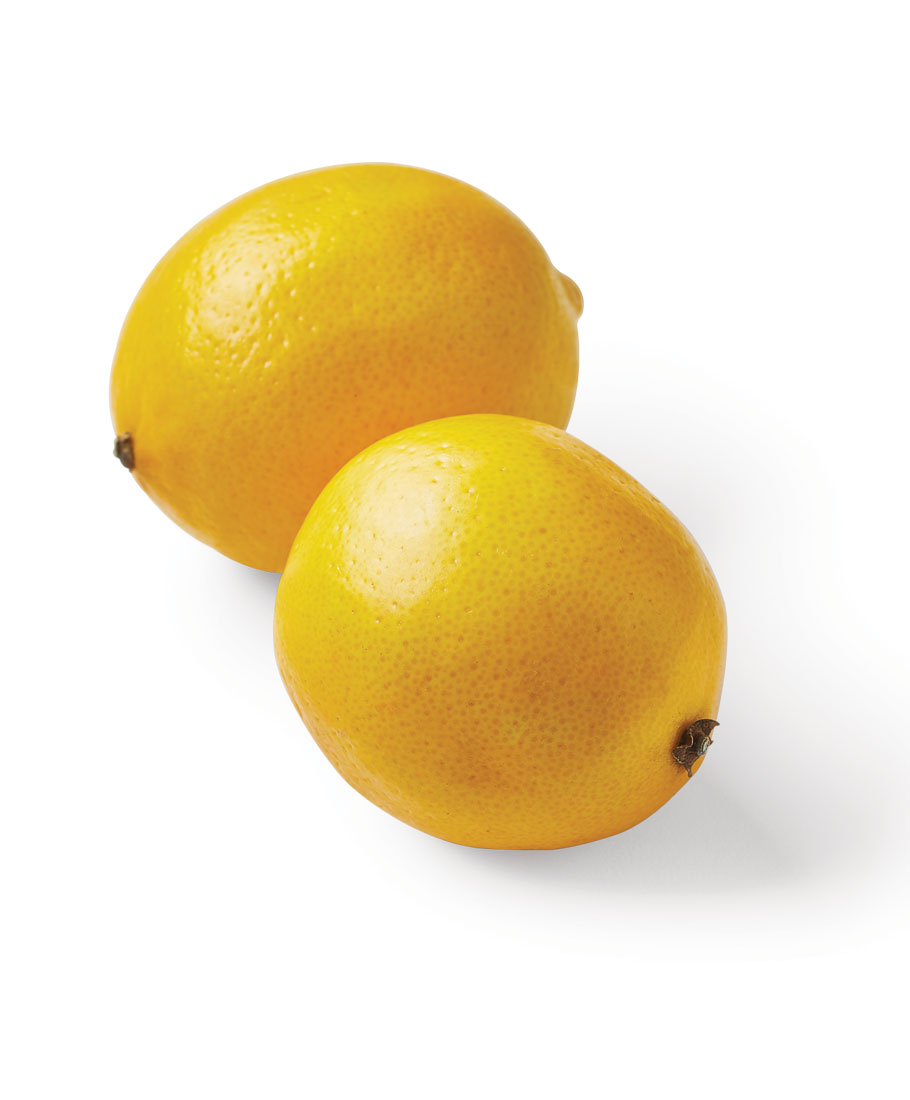
MEYER LEMONS are a cross between a lemon and an orange. They’re less acidic than common varieties and not interchangeable.
Zesting Lemons
Lemon zest comes from peeling or scraping strips of the thin, yellow outer layer of skin called the rind. It contains an essential oil that gives recipes an intense lemon flavor without adding any liquid. Large lemons are best for zesting. Their size means there’s more rind to zest, and the firm, thick skin makes removing the outer layer easier. Be sure to peel just the yellow layer — the white pith underneath is bitter. One large lemon yields about one tablespoon of minced zest.
Juicing Lemons
Small, thin-skinned lemons are typically the juiciest and usually have more intense flavor. Their weight indicates the amount of juice inside, so the heavier the better.
Lemons produce more juice and are easier to work with if they’re at room temperature. To warm them, immerse the fruit in hot water or microwave briefly. One small lemon yields about two tablespoons juice; chill any unused juice for up to a week.
Choosing Lemons
Look for bright yellow fruit that’s firm, but pliable. It should give a little when squeezed, yet not be squishy. Avoid lemons that are turning golden, have brown patches, or look brittle or shriveled — they’re getting old and are probably starting to brown on the inside too.
Storing Lemons
At room temperature, the shelf life of a lemon is seven to 10 days, but in your refrigerator’s produce drawer, they’ll last two to four weeks.
LEMON AIDES: Tools for Zesting & Juicing
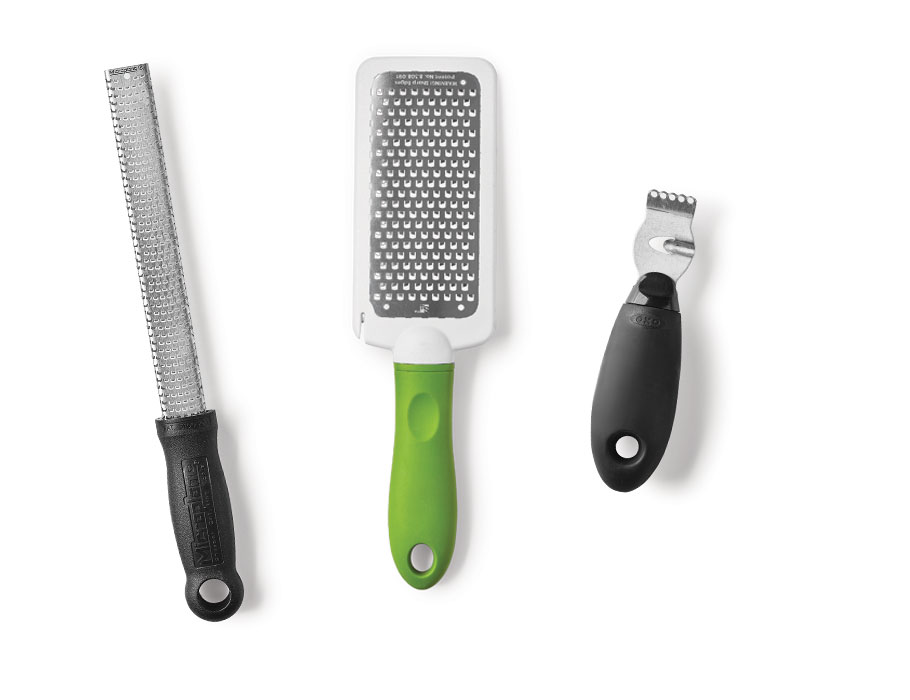
ZESTERS quickly and easily zest citrus fruit. Look for microplanes (they come in varying sized holes), or zesters, with or without a channel knife (which make citrus peels).
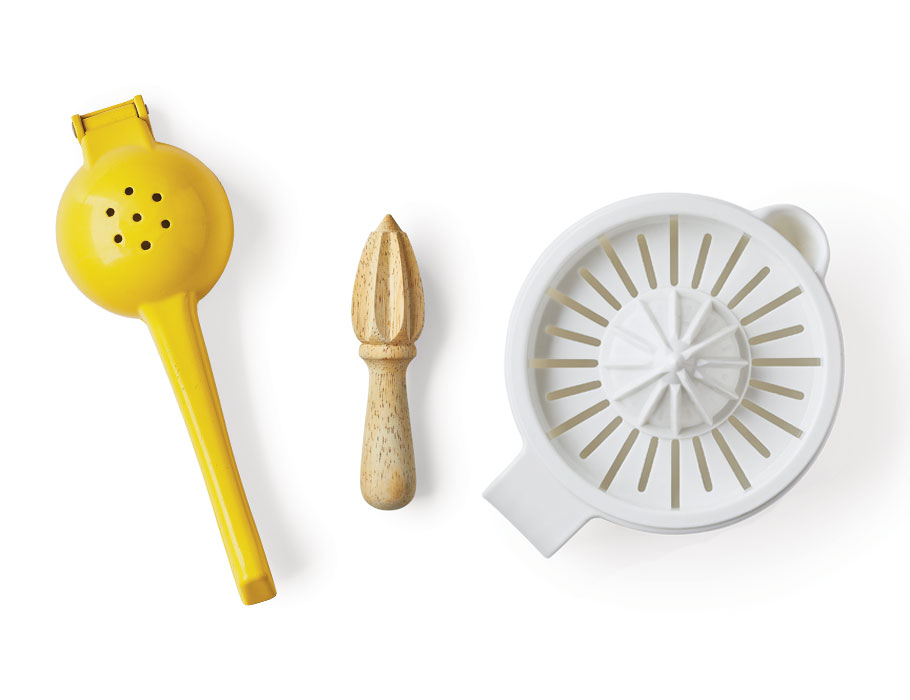
JUICERS AND REAMERS are the tools to look for when you want the liquid part of the fruit. No tool is better than another, it comes down to preference.
Product Recommendations
Interested in cooking? Need some supplies?
Check out some of the tools we like. All products featured on Cuisine at Home are independently selected by our editors; we may earn an affiliate commission from qualifying purchases through our links.